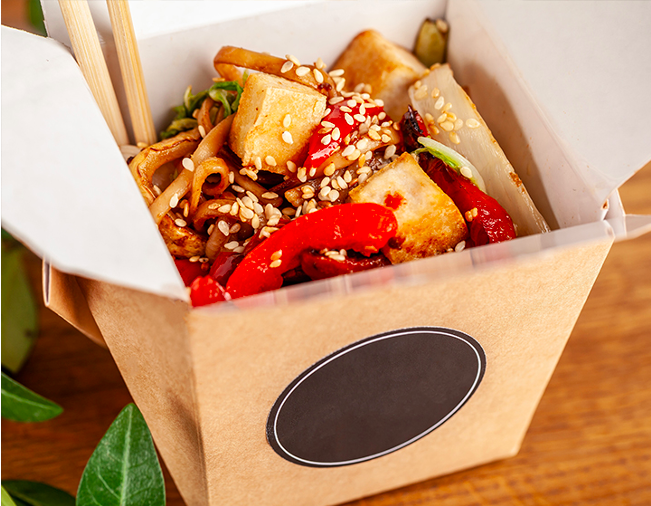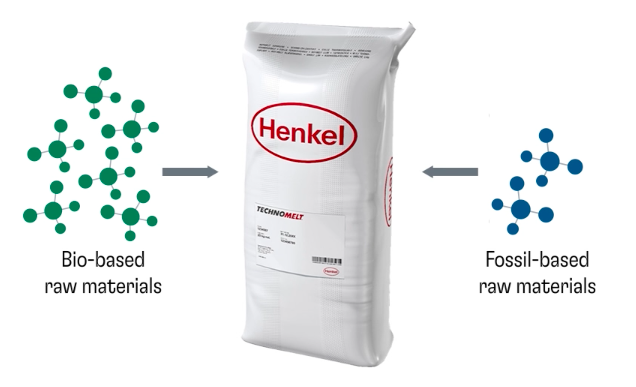Sustainable Packaging: Adhesives and Coatings

Global recycling only recycles 9% of plastic waste. Furthermore, inappropriate adhesives and coatings in packaging can reduce or delay the recycling process. So, what should be considered in the development of new coatings and adhesives?
Commonly, when discussing sustainable packaging, people often focus on the base material. However, proper recycling does not solely depend on the packaging matrix. Coatings and adhesives also play an important role. Contaminating recycled material with adhesive or coating residues will result in low-quality products. In addition to the slowing down of the recycling process, clogging of water systems and damage to machinery.
Challenges of Sustainable Packaging
The development of sustainable packaging faces two major challenges. Maintaining the quality and standards of each product while not neglecting environmental responsibility. Reducing landfill waste, minimizing climate impact, and decreasing reliance on scarce resources is important.
Role of Adhesives and Coatings in Packaging
Adhesives are used to seal packaging and ensure that the contents reach the user safely and hygienically. On the other hand, coatings enhance the aesthetics of packaging and provide a protective barrier against moisture, oxygen, oil, and grease.
Recycle, Renew, Rethink and Redesign
As mentioned earlier, coatings and adhesives play an important role in the packaging industry. Therefore, companies should create strategies for their development based on four principles:
- Recycle: Ensuring that these elements can be recycled with the rest of the packaging or that can be separated during the process is important.
- Renew: Using renewable resources for their manufacturing is ideal.
- Rethink: Moving to the next level always requires feedback. Evaluating if layers can be eliminated without compromising the packaging’s functionality is essential. Moreover, innovating in materials with biodegradable properties is also key.
- Redesign: The aim is to redesign the packaging to better utilize coatings and adhesives using the previous three principles.
Innovative Companies
Henkel Adhesive Technologies developed the Technomelt Supra Eco hotmelt adhesive for a wide range of packaging. This product is made of 81% of bio-based material and reduces CO2 emissions. It is also compatible with recycling according to the guidelines of the European Paper Recycling Council (EPRC).

Technomelt Supra Eco hotmelt adhesive from Henkel Adhesive Technologies. Courtesy of Henkel.
Ingredion is a leading global company that produces and markets ingredient solutions for various industries. In 2021, it launched FILMKOTER 2030, a cornstarch-based protective barrier that is fluorochemical-free for food packaging. With this coating, they aim to replace the use of PFAs with effective and sustainable plant-based solutions. Furthermore, FILMKOTER 2030 exhibits Oil and Grease Resistance (OGR).
Overall, innovating in bio-based materials for the development of coatings and adhesives is relevant for the redesign of packaging. Additionally, ensuring the quality of packaging in every industry, as well as proper recycling, requires the four principles (Recycle, Renew, Rethink, and Redesign).
